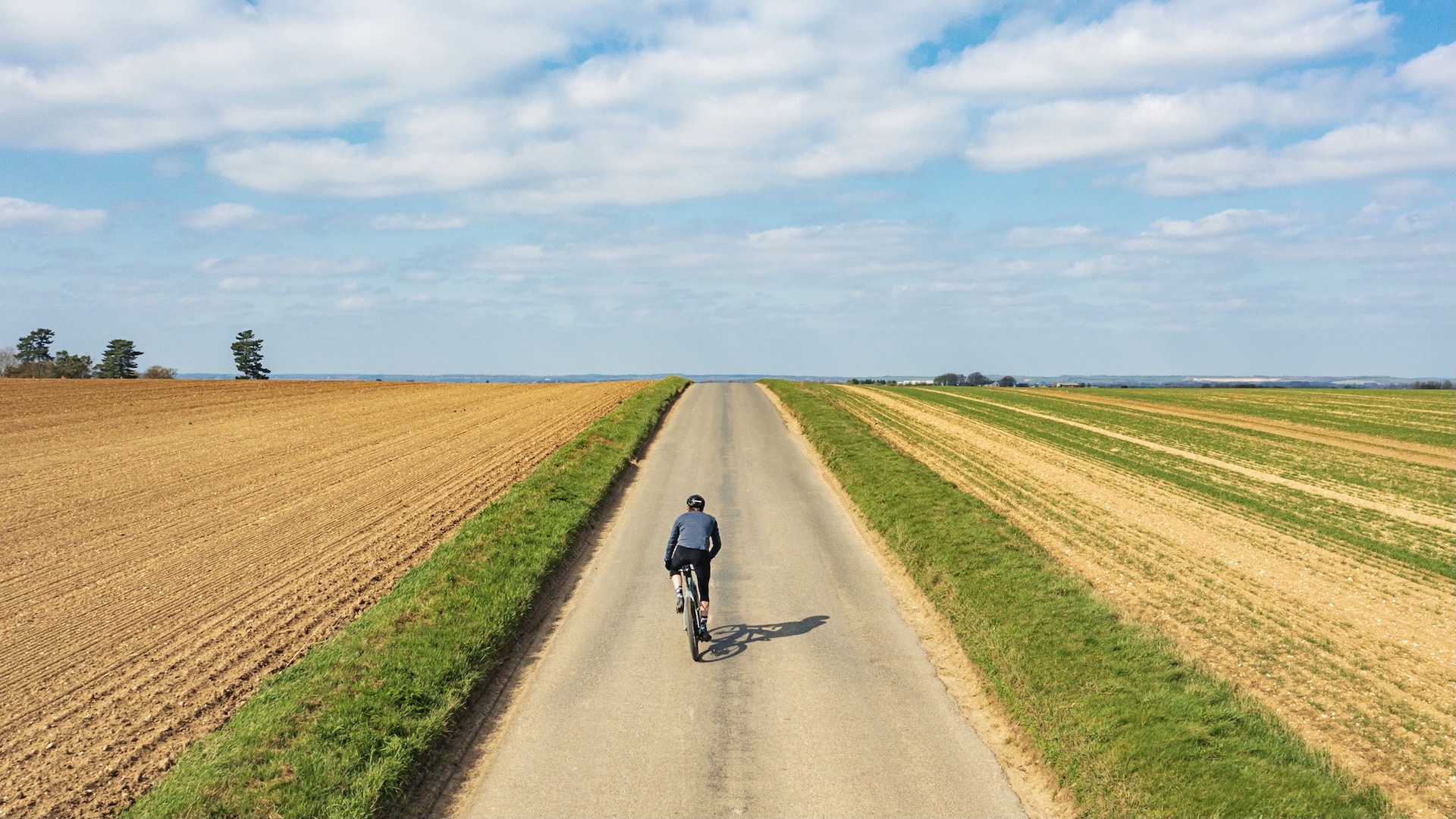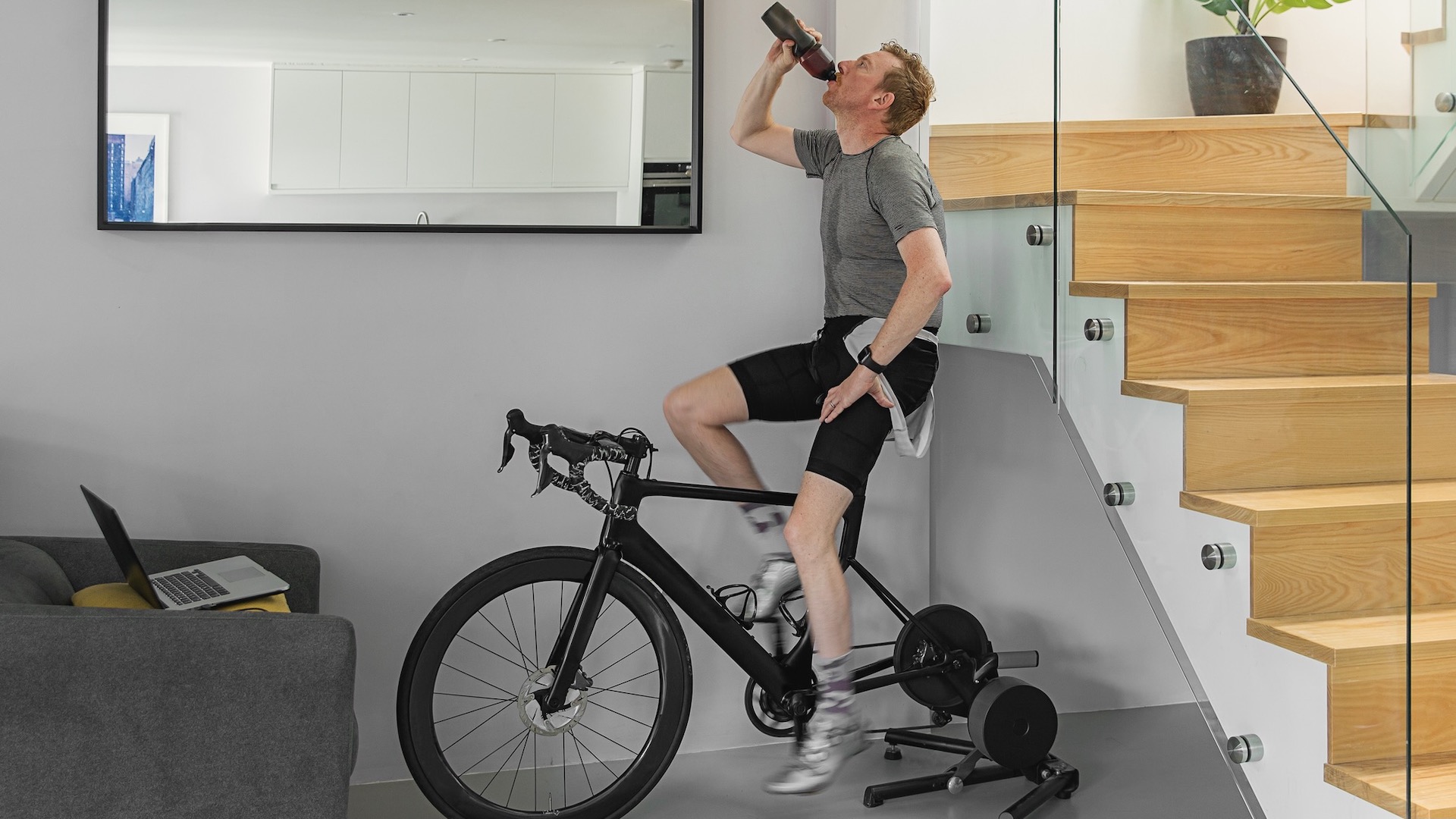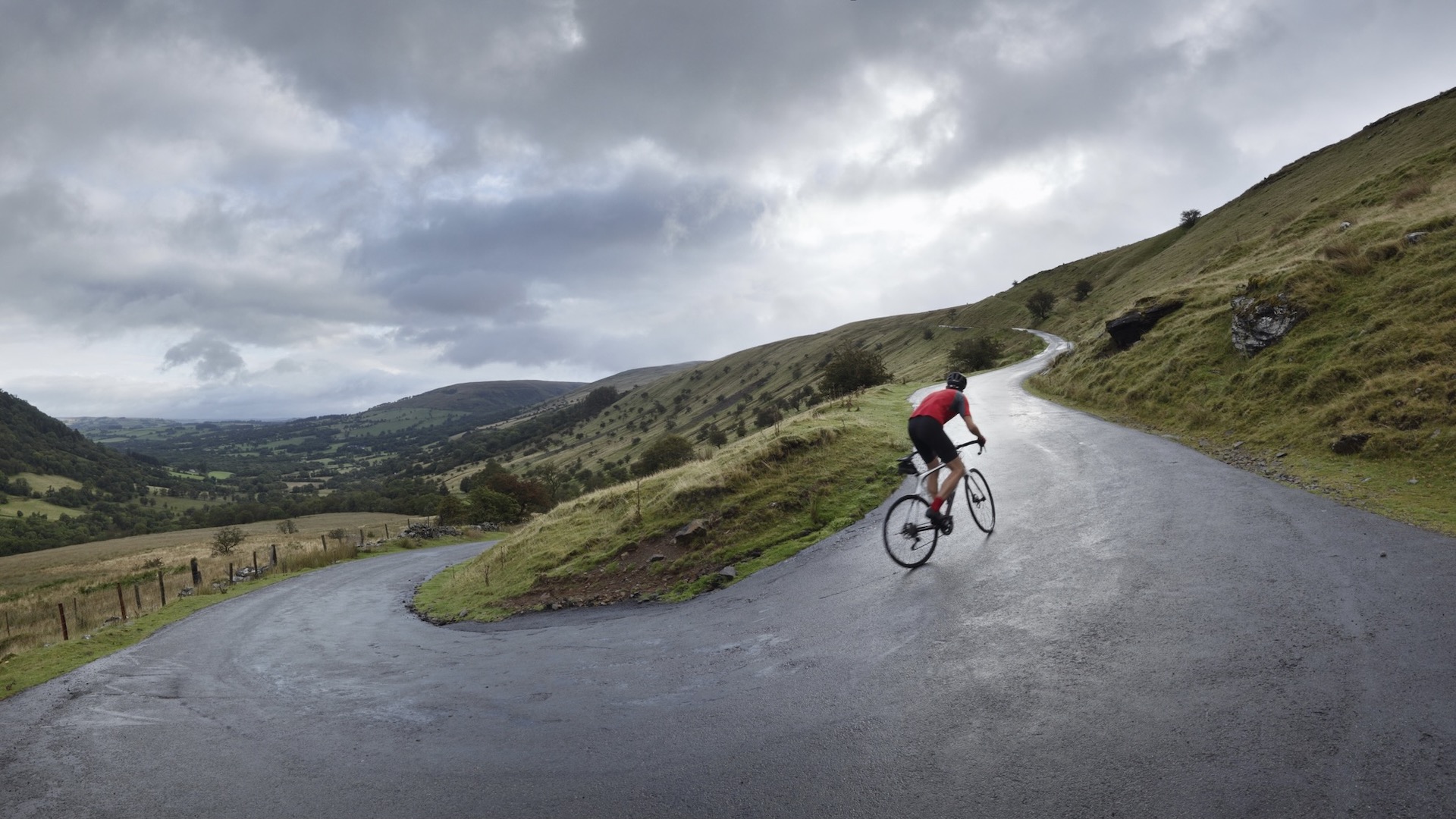Cycling for runners – what are the benefits?
Elite triathlete Jamie Price explains the potential benefits of incorporating cycling training into your running program

If you're a runner, you might imagine that running alone will be enough to improve performance. There are certainly some training techniques, such as speedwork for distance runners and interval sessions, that will contribute to a runner’s ability to run faster, run for longer and run more efficiently. But there are also known benefits of including other types of exercise into a running training programme, such as cross-training, swimming for runners, cycling and strength and conditioning.
Looking specifically at the benefits of cycling for runners, Jamie Price, who is an elite triathlete, says: “While cycling as a runner isn't necessary, it can be hugely beneficial. A lot of professional runners will exclusively run, but they will almost always supplement their running with other drills and exercises like gym workouts.”

Why choose cycle training if you’re a runner?
An important reason for including other forms of exercises into a running programme is to avoid injury. Price, who is also community lead at Presca Sportswear, says: “While running involves impact with the ground – you can experience forces of up to three times your body weight in every stride – cycling, in contrast, is a non-impact sport.
“The impact of running can be the cause a variety of injuries but when comparing that to cycling, you have no shock impact on the ground.”
He adds: “Runners should always be proactive rather than reactive when it comes to injuries. As some people are naturally more susceptible to injuries, this can make it hard to ramp up the weekly mileage to become faster and more efficient while balancing the risk of injury.
“However, cycling is a safe method to increase weakly volume and increase fitness, while minimising risk of injuries.”
In addition, cycling is a positive exercise for runners because it bio-mechanically similar movement to running, which means you will be working – and strengthening – many of the same muscles as you would for running but without the impact.
All the latest inspiration, tips and guides to help you plan your next Advnture!
Cycling also builds strength in complementary muscles. Both sports activate similar muscles, but each one targets the muscle in a different position. Using both will help build overall strength among those critical muscles used in running.
Like running, cycling is also a cardiovascular exercise so it will improve your overall aerobic fitness, as well as improving endurance.
If you're a runner who is carrying an injury, cycling could offer a good alternative form of exercise as a way to maintain fitness until you can return to running again.
Cycling is considered to be a good recovery exercise, too.

How to include cycling training for runners into a program
Price says: “Implementing cycling into a run program can be easier than you might think. A good place to start is using a static bike in a gym or on a turbo trainer at home. The gym is a safe environment and the bike will provide you with a lot of data.”
Suggested cycling sessions include:
Bike interval sessions: If you want to work hard aerobically but without the impact of running, you could do a bike interval session instead. Do this session on a static bike or find a road route that you know will allow you to keep riding during the harder efforts.
After a warm up, ride three minutes easy, then one minute slightly harder, then one minute at maximum effort, then repeat. Start with about 20 minutes for the full session and build up steadily over consecutive weeks so you are doing a longer session each time.
Note, however, that cycling intervals will not improve muscles specific to running and so the cycling intervals sessions should be used in addition to, not instead of, running intervals.
Over and under session: Cycle on a spin bike, then work 'over' what feels comfortable for five minutes, then relax and work at a much lower rate and pace for five minutes. Repeat.
On a static bike in the gym, you can focus on watts being used so you know whether you are working under or over what feels comfortable.
Recovery workout: Cycling can be used as a way to flush out lactic acid from muscles that have been worked hard in a previous running session.
A session could be done on a static bike stationary trainer or a flat and smooth road. Pedal at a high at cadence of at least 95 RPM (revolutions per minute) at an easy resistance so you don't raise your heart rate too much.
Bricks training: You may have heard of bricks training in triathlon, where you practise going from the bike to run. This can also work well for runners. Bricks comprise a steady effort on a bike, followed by a hard effort on a run.
A session might be that you ride for 30 minutes at a perceived exertion of five to six, then jump off the bike and run at a harder rate (perceived exertion of eight or nine) for two to four miles.
This allows for a short but intense workout on 'tired legs' without subjecting the body to unnecessary pounding.
To conclude, if you're looking for a way to improve your running, without increasing your risk of injury, cycling is a great option.
- Best trail running shoes: take on the toughest terrain

Fiona Russell is a widely published adventure journalist and blogger, better known as Fiona Outdoors. She is based in Scotland and is an all-round outdoors enthusiast with favorite activities including trail running, mountain walking, mountain biking, road cycling, triathlon and skiing (both downhill and backcountry). Aside from her own adventures, Fiona's biggest aim is to inspire others to enjoy getting outside and exploring, especially through her writing. She is also rarely seen without a running skort! Find out more at Fiona Outdoors.
